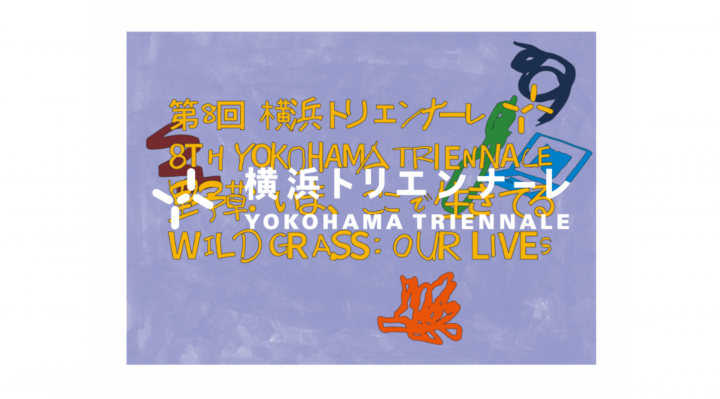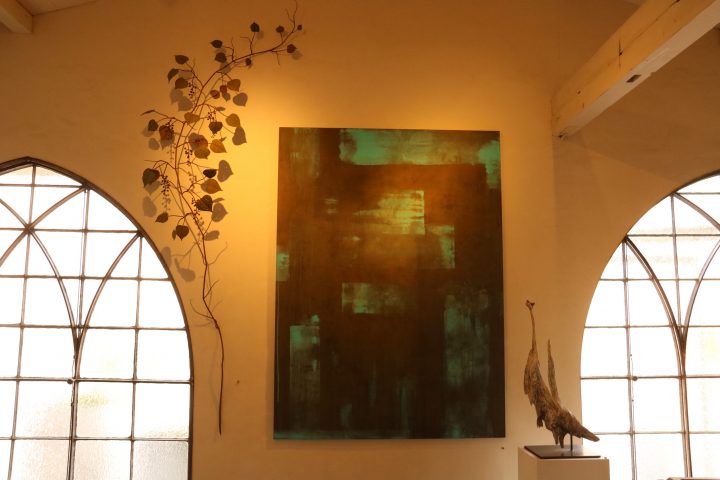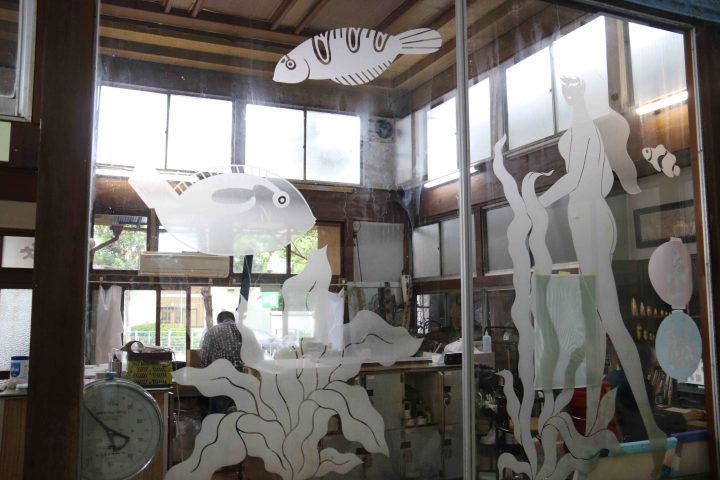Beautiful appearance and quiet strength
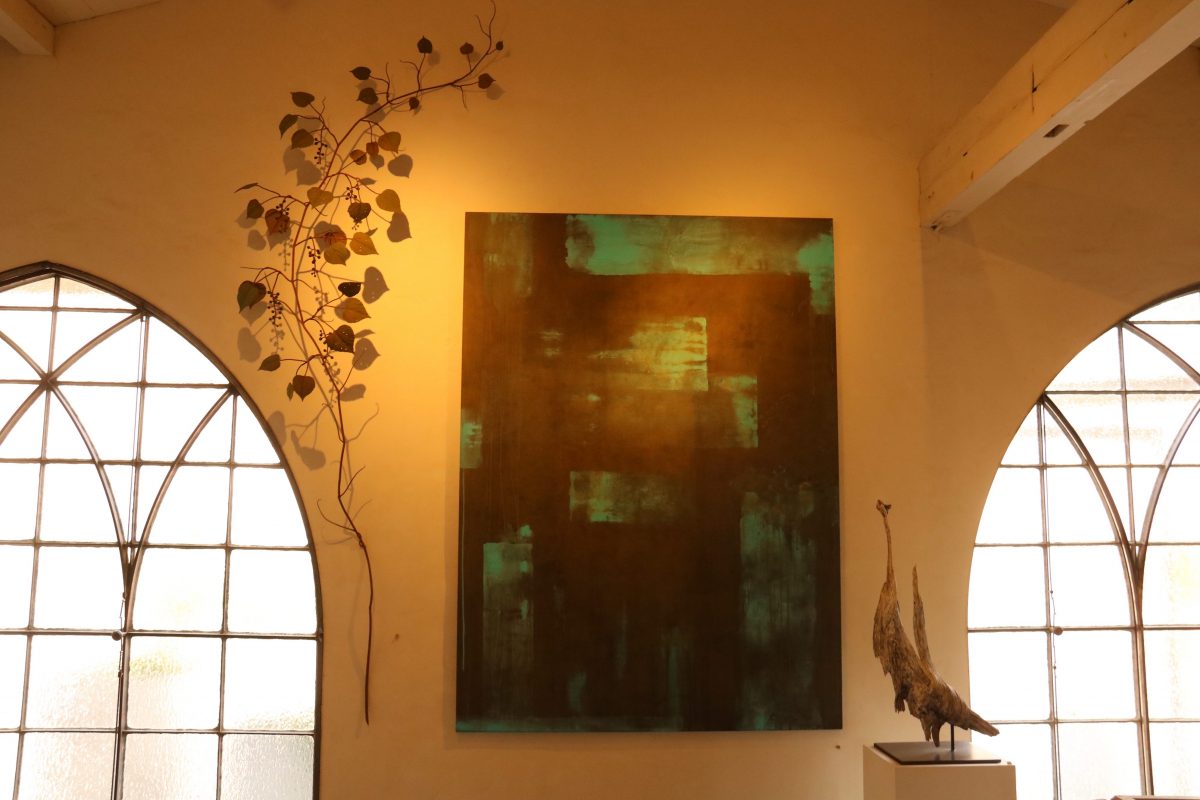
Kanagawa Gallery Walk
File.8 special source
Yamamoto Shino (Gallery Watts)
I like the word "appearance." When I experience the atmosphere that an object gives off, such as a definite presence in silence or an appealing sexiness, I can't help but sigh and say, "Ah, that's wonderful."
I admire people who have a beautiful presence and can make themselves invisible when they are in a group.
A few years ago, when I first saw Morrison Kobayashi's wood carvings, I felt that same atmosphere.
I was shocked and delighted to find that Morrison's studio is located very close to my local home!
There, he and Chiyo Takasato and Daisuke Nakamura run "Special Source," a company where they each work as artists and are involved in interior design and construction.
*From left: Morrison Kobayashi, Nakamura Daisuke, and Takasato Chiyo
Morrison was in charge of store design at the interior store IDÉE from 1995 to 1999. IDÉE was a pioneer in offering not only antiques, but also modern overseas interiors and miscellaneous goods, as well as suggestions for living with plants, so I often visited the store on Aoyama Antique Street from my 20s. This overlapped with the time when Morrison was employed there, and it was a treasure trove of inspiration, and I still remember the excitement I felt at the time.
"I've always loved the sculptures of Yasutake Funakoshi, but what got me into wood carving was an exhibition called 'The Source' by Hideki Maekawa in 2008," says Morrison.
Maekawa is an artist I know well. He weaves words that arise within himself and expresses stories reminiscent of mythology through sculptures, and the realism and deep, fantastical worldview of his works captivates viewers.
"As my interior design work became busier, I began to lose my hearing in my 30s, and I worried that I would no longer be able to communicate. When I stood before Maekawa's sculptures and was deeply moved, I thought that if I pursued this path of expression, perhaps the work would speak for me."
Morrison became independent and began working as an artist.
The first piece he carved was a ballerina that Takasato, who was active as an accessory designer, added to a display at a ballet-themed exhibition. The ballerina, which he carefully brought out from the back and showed us, had a calm and transparent appearance.
Morrison continued to carve, facing himself wholeheartedly, including actively participating in wood carving workshops held by his respected artist Maekawa, believing that going through a process would help him see his true self. Now that he has even held exhibitions, he asks himself the same question again:
"I like wood carving, but I began to feel a distance from it."
"I want to continue as an artist and make use of the work I've done up until now."
Coincidentally, he was invited to take part in an exhibition with the theme of "Coexistence with Nature and the Circulation of Materials," and this connection between the metal he has been working with for a long time in his interior design work and his love of mountain climbing led to the "Botanical Chronicles" he is currently working on.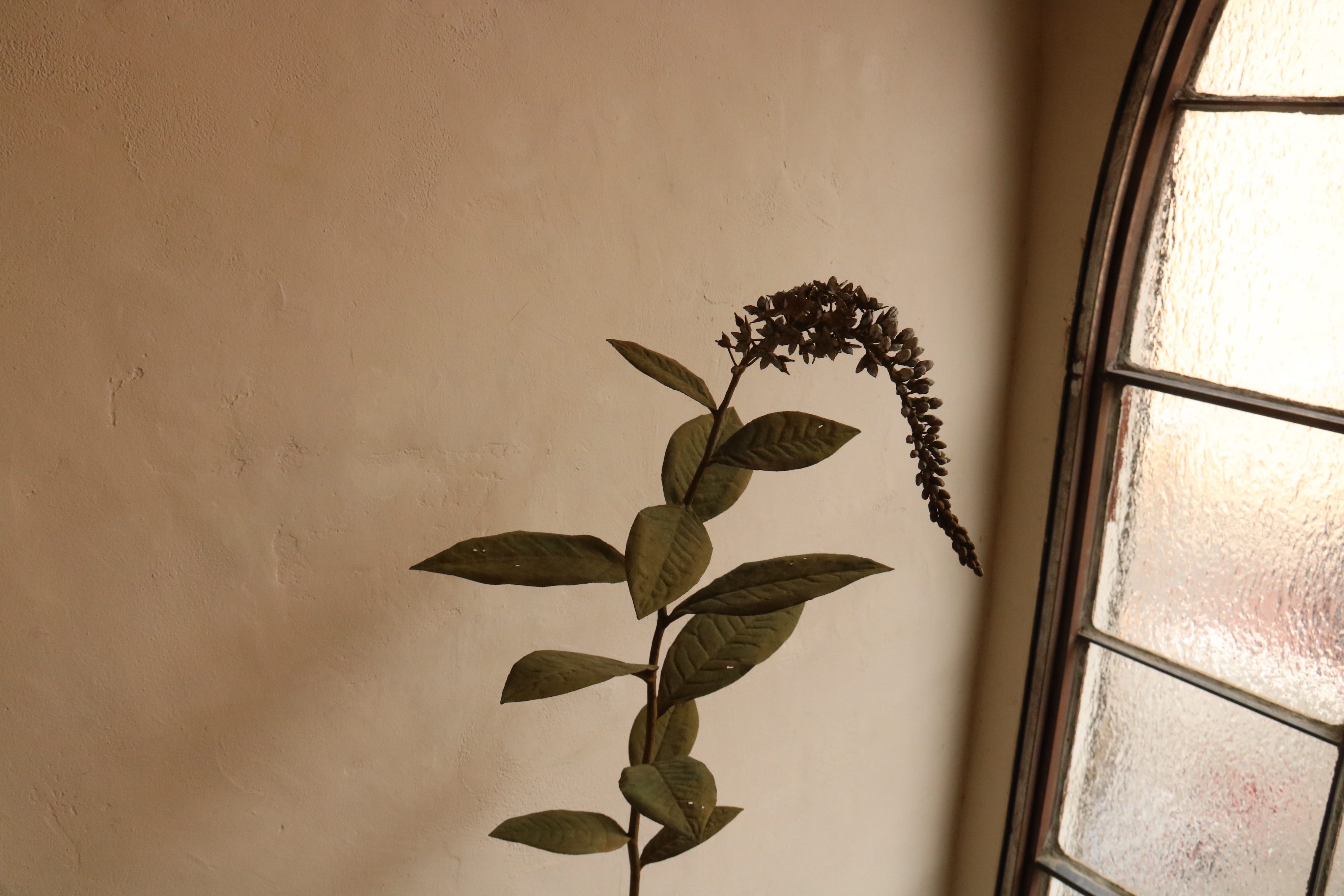
They look like plants, but what's surprising is that they are all made out of metal. They are cut out of metal sheets and colored with mineral pigments and rust, creating a delicate piece.
"In the mountains, even the most delicate plants show their tenacity for life. It's like recording those memories."
Designer, craftsman, and artist. It is easy to see why the balance of these three aspects gives shape to Morrison's style and voice.
In the space of Special Source, which feels like the attic of a European church, the works of Morrison, Takasato, and Nakamura are lined up, and they all echo each other in a comfortable way. Takasato is in charge of the permanent spatial composition.
"I take all the works that have been submitted and connect them together in my own way to create the piece I like."
"Yes, yes!" Morrison and Nakamura nodded deeply (laughs), conveying their immense trust in Takasato's sensibilities. 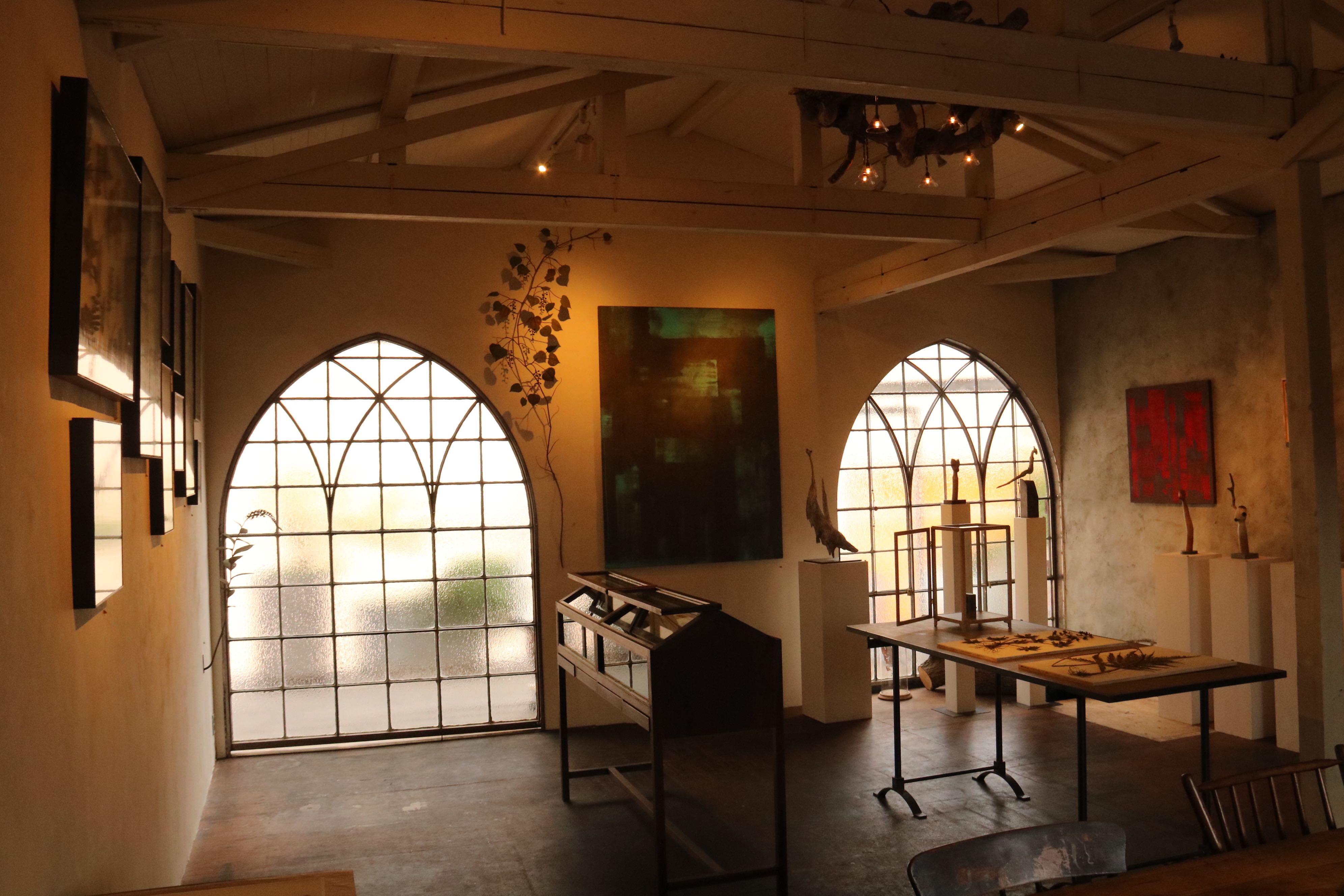 Takasato herself worked as an accessory designer alongside creating paintings, but she says she was always searching for the direction she wanted to go in. "While working as both a designer and an artist, I couldn't shake the feeling that somehow I was lying in the world of accessories."
Takasato herself worked as an accessory designer alongside creating paintings, but she says she was always searching for the direction she wanted to go in. "While working as both a designer and an artist, I couldn't shake the feeling that somehow I was lying in the world of accessories."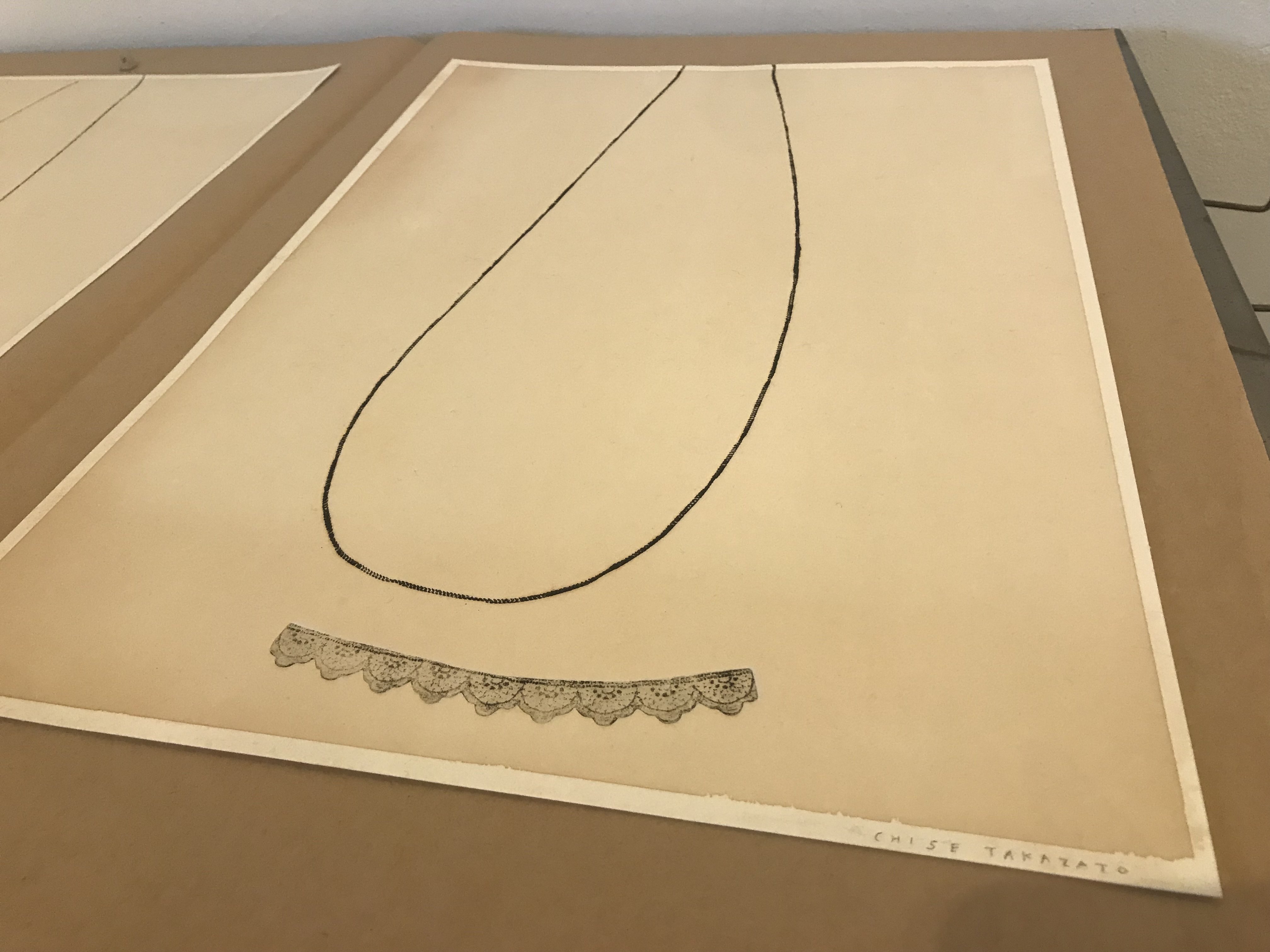
Like Morrison, Takasato was shocked when he encountered Maekawa's sculptures and came to believe that "there aren't many things that are important." Takasato's desire to "live life concentrating on painting one painting" grew stronger, and with the encouragement of Morrison, a classmate from his days at Tama Art University and a good understanding person, he decided to pursue a career as a painter.
Now that she feels that her way of seeing things and the angles from which she perceives them have broadened, Takasato smiled quietly and said, "I can see the outer boundaries of art, or rather, I understand which direction I should walk in." As someone of the same generation, I found her beautiful presence so enviable that I was envious.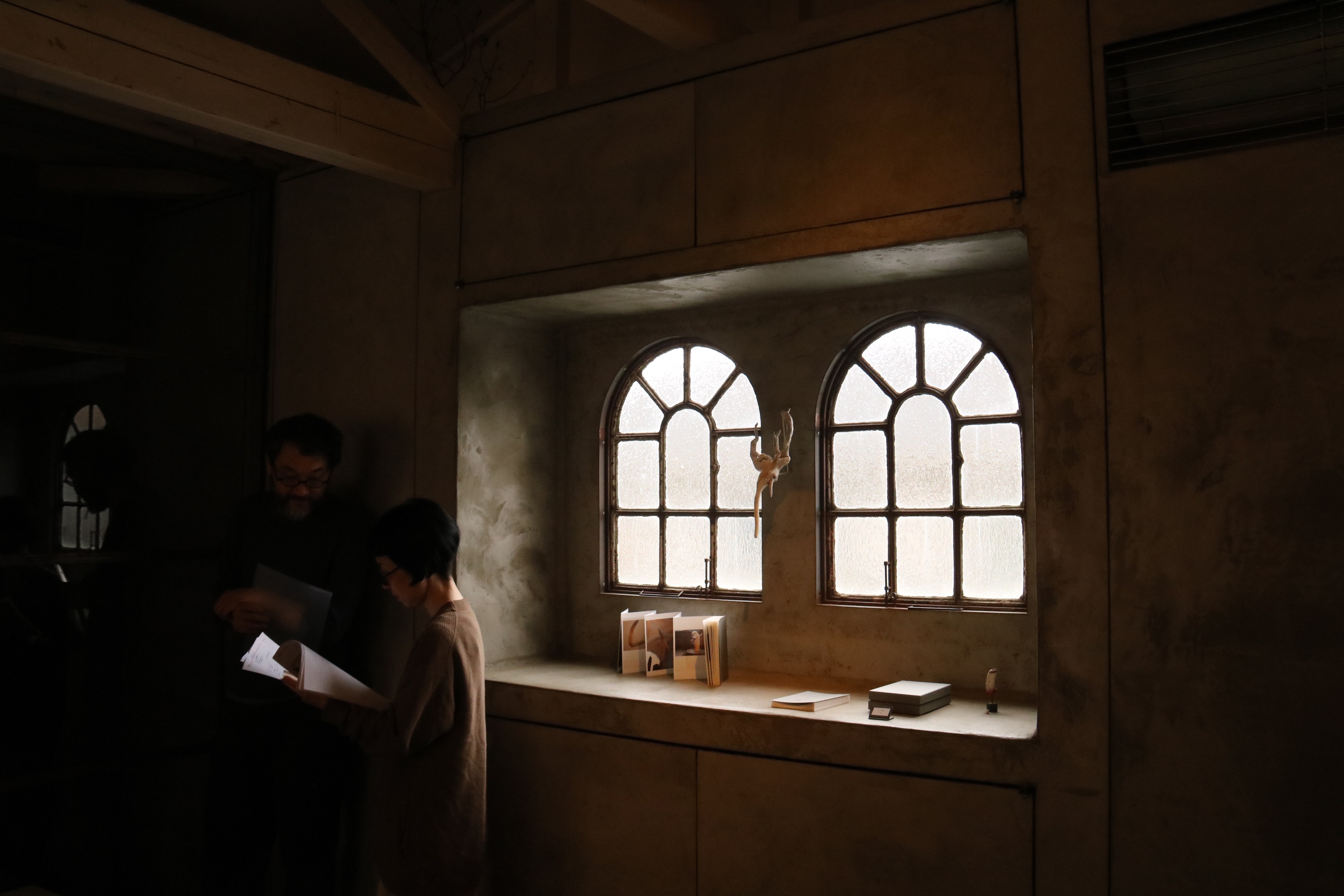 Nakamura-san visited Watts over a decade ago, and he's the person who actually imprinted the name "Morrison Kobayashi" in my memory. When he was a student studying interior design, he went to help Morrison, wanting to work with metal. He resonated with Morrison's way of thinking, and the two have had a long-standing relationship. After working for other companies, he went independent and became a member of Special Source, where he continues to work on store interiors with Morrison while also continuing his creative activities.
Nakamura-san visited Watts over a decade ago, and he's the person who actually imprinted the name "Morrison Kobayashi" in my memory. When he was a student studying interior design, he went to help Morrison, wanting to work with metal. He resonated with Morrison's way of thinking, and the two have had a long-standing relationship. After working for other companies, he went independent and became a member of Special Source, where he continues to work on store interiors with Morrison while also continuing his creative activities.
Nakamura, who had been making dolls out of scrap iron before joining Special Source, participated in Maekawa's woodcarving workshop and experienced the thrill and joy of carving. He expanded the scope of his creativity, treating the knots in the wood as expressions and expressing creatures that resemble animals.
"When you're having fun making things, the end result is great," says Nakamura, and as the night goes on, there's a humorous charm to the place, as if the children will start chatting away.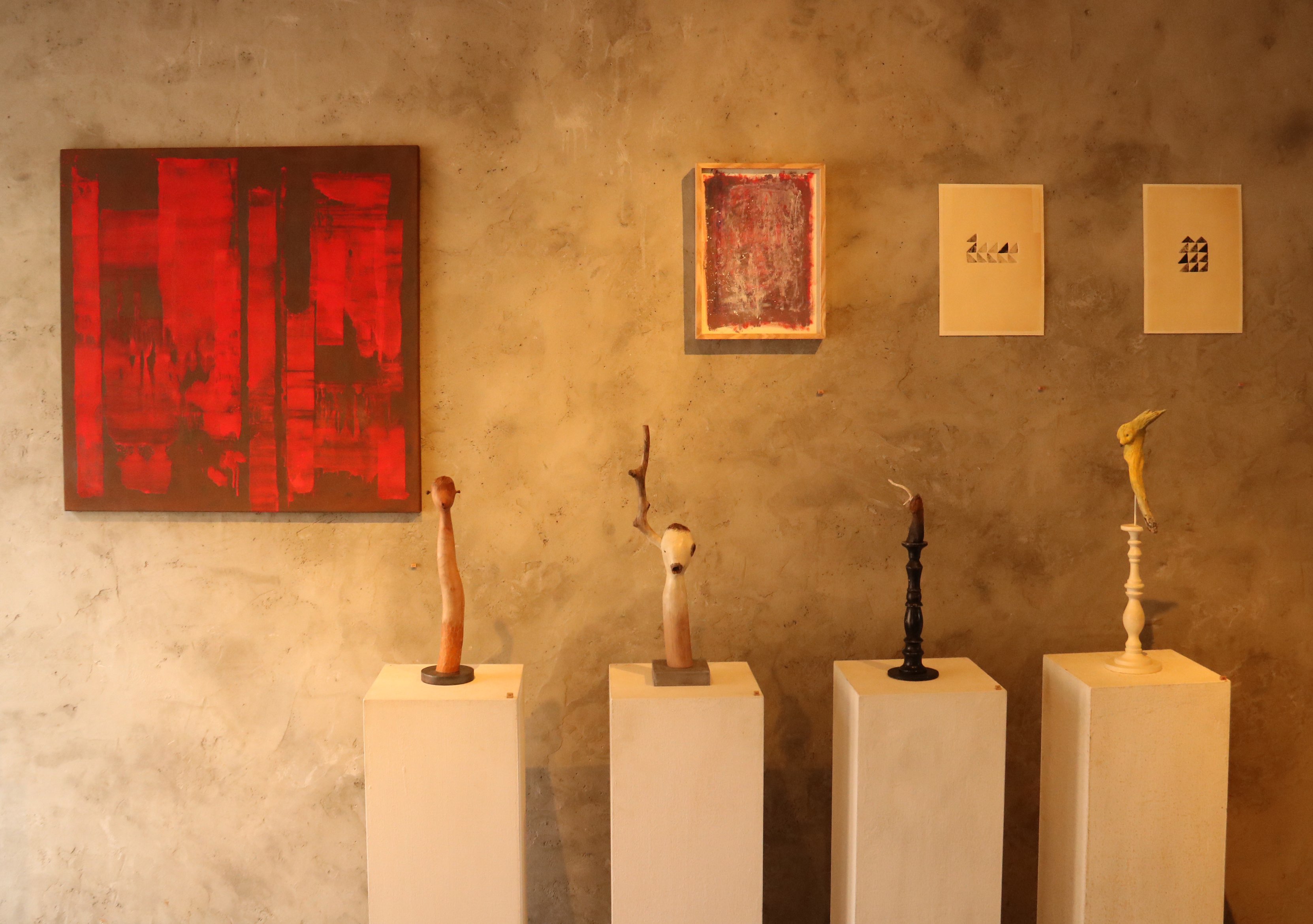
I was actually a bit nervous about Special Source, as both the interior and presentation were very cool.
But seeing the three of them, who are by no means skillful and have walked their path sincerely while searching for what they can, somehow made me feel a sense of familiarity and relief. Perhaps that is why there is such a dignified yet gentle atmosphere.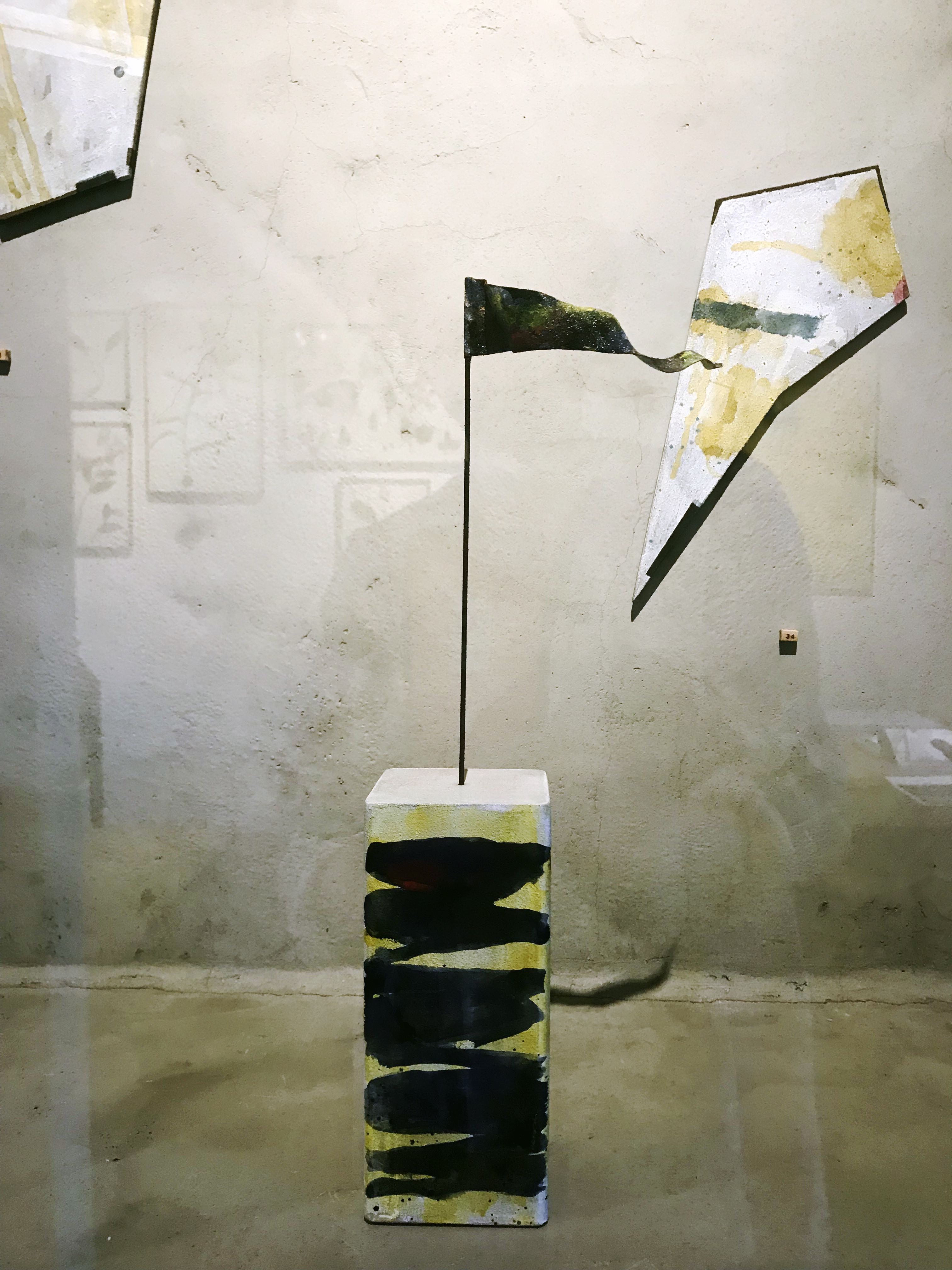
Takasato's work in particular stopped me in my tracks for a long time. The flags, with mysterious colors like the aurora, swayed pleasantly. The artist gave it a title, but the words that came to mind were, "The future is always windy." We live our lives with joy and sorrow, big and small, reaching many goals. It's neither a strong wind nor a headwind, but a wind that accompanies us at every stage, and it makes me happy to think of it.
I gave this piece to my son, who is now a high school student preparing for entrance exams and tends to be a bit sensitive.
And when I'm feeling down, I look at it and get encouragement.
(Interviewed in June 2019)
Gallery Information
Special Source
〒213-0032 4-11-46 Kuji, Takatsu-ku, Kawasaki City, Kanagawa Prefecture
TEL: 044-813-0783
http://specialsource.jp/
Opening days: Permanent exhibition for a few days each month. Special exhibitions are held irregularly. For details, please check the website "next schedule" or "atelier gallery"
"access"
▶︎About 5 minutes walk from JR Nambu Line Kuji Station
